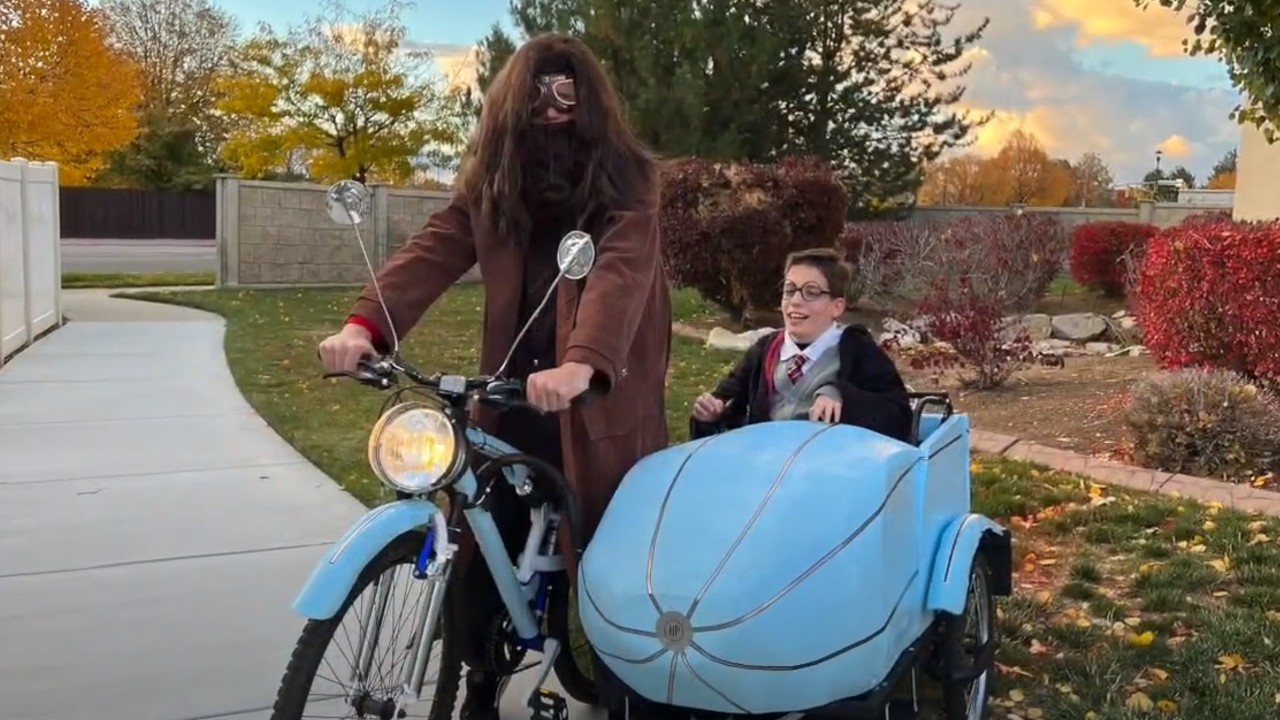Halloween is a special time of year where children can do costumes, take on the persona of their heroes, and venture through their neighborhood in search of the highest quality of sweets. For children with cerebral palsy (CP), however, this can be a time where certain traditions are difficult to participate in due to lack of accessibility. To remedy this, Dr. David Siambanes, pediatric orthopedist and founder of Children’s Cerebral Palsy (CCP), is offering Halloween tips on how they can make their stop inclusive for children with CP.
“Every kid with disabilities deserves the opportunity to experience Halloween like everyone else, which takes some consideration and initiative among members of their community,” said Siambanes, a board-certified and fellowship-trained spine surgeon. “A few simple tricks can really make kids with CP feel included in the holiday festivities.”
Dr. Siambanes suggests those expecting trick-or-treaters to take the following Halloween tips to make their home more accessible to children with CP:
- Keep on outdoor lights. Humps or gaps in the sidewalk can make navigating a path especially tricky for those in wheelchairs or requiring crutches. Bright lights and a well-lit pathway can make the trip to the front porch much easier.
- Clear a path. Make sure the pathway leading to your candy depository is clear of objects and barriers. Try to make the walkway wide enough for children who require walking devices.
- Meet at the street. If your house has stairs and is without a ramp, consider meeting trick-or-treaters at the curb or put your treat basket at the bottom of the stairs so every child can have access to it.
- Include toys with treats. Approximately 30–40% of children with CP have difficulty eating and have dietary restrictions. Consider including toys and non-edible playthings as items to be handed out to make sure children with dietary restrictions have something to take home.
- Don’t point out a child’s disability. While having CP is nothing to be ashamed of, children with CP respond positively to being treated like everyone else. You may find a child who is struggling to walk up the stairs to be brave and strong, but try not to single them out or comment on their struggle, even if the comment is positive. While it’s appropriate to tell them they did a great job, be sure to comment on their costume choice, their amount of candy or anything that doesn’t draw attention to their disability.
Halloween is a perfect time of year to help address and change stigmas associated with children with CP. Dr. Siambanes encourages parents to talk with their children, friends, and neighbors about the importance of making holidays like Halloween fun and inclusive for everyone, including those with disabilities. Taking the initiative to be more inclusive during Halloween can inspire others to be just as mindful throughout the year.







